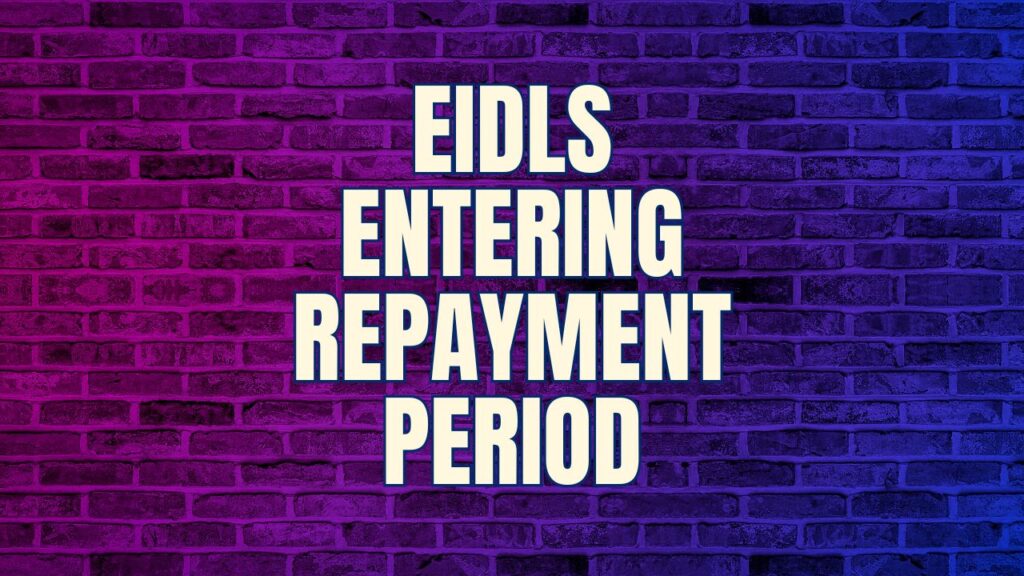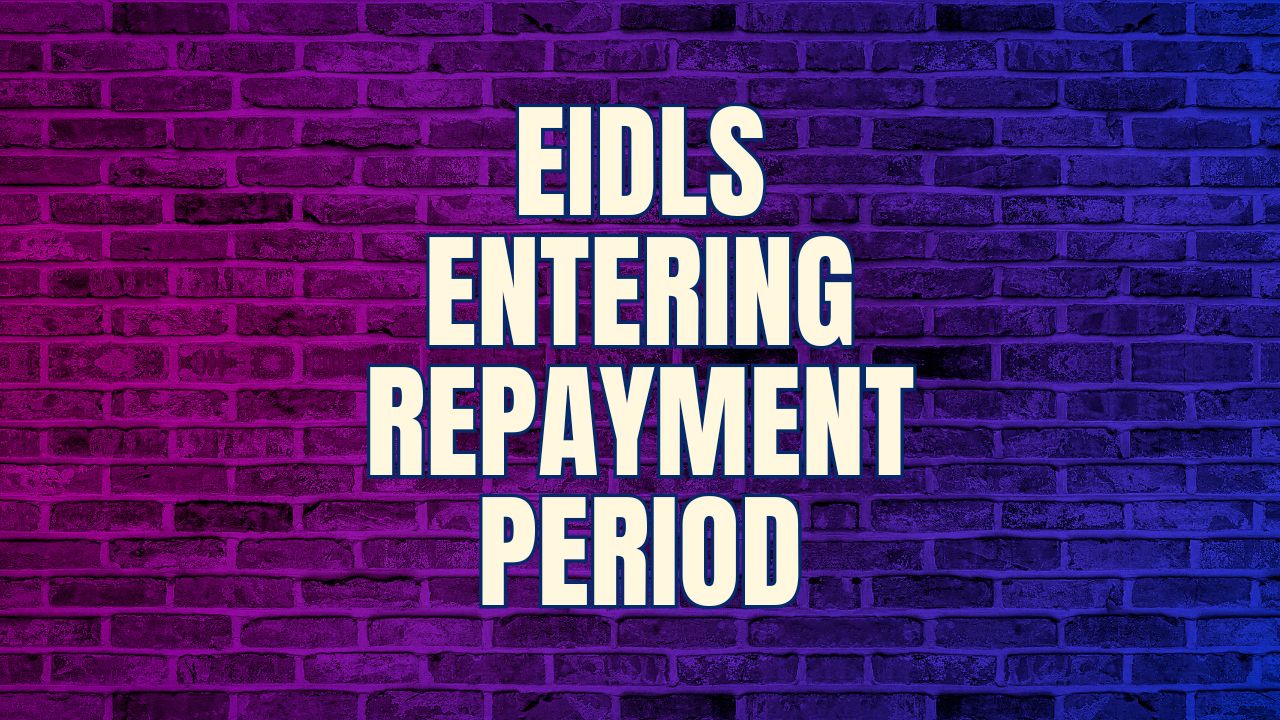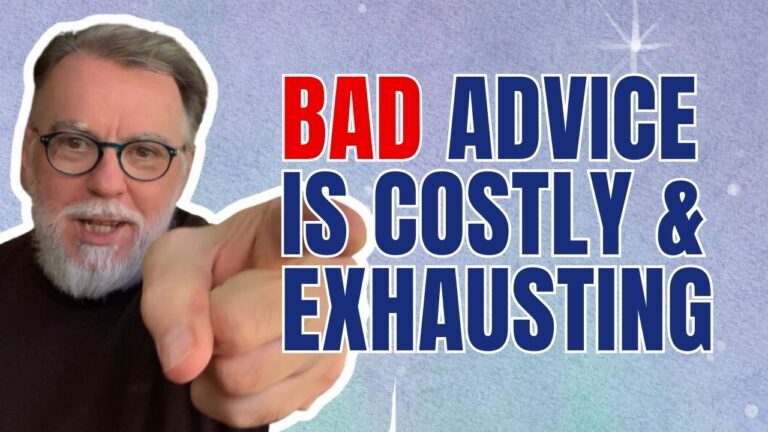
AND THE NIGHTMARE BEGINS…(AGAIN).
In last week’s blog, we discussed the nightmare situations where small business owners found their COVID-19 EIDLs in default and sent to US Treasury for collection action. Terrified of losing their:
- Businesses
- Homes
- Retirement accounts
- Social Security payments
- Tax refunds
- Government Contract Payments
….small business owners found themselves caught in a bureaucratic quagmire.


During the pandemic, SBA made 4 Million COVID-19 EIDLs to assist small businesses survive the economic ravages of the pandemic.
Many of those loans entered repayment after a 30-month deferment period at the end of 2022. Many of those borrowers discovered that SBA’s repayment procedures and communications and technology made paying the loan practically impossible.
Starting in June, 2024, another huge tranche of COVID-19 EIDLs commence full monthly repayment requirements at the end of their 30-month deferment periods. We cannot imagine that SBA will have repaired the horrible defects in their systems and communications by that time.
Thus, we estimate that another 1.2 Million or more COVID-19 EIDL Borrowers will face the same dysfunction at SBA making repayment of their loans a near impossibility. We don’t even want to guess how many of those loans will end up in default and collection due to non-payment. We saw with the first group how many Borrowers were considered in default by SBA for non-payment even when they were actively paying and communicating with SBA.
If your loan is coming due soon, you should prepare for the worst.
We created our SBA COVID-19 EIDL Guidebook to help you navigate all the nuances and nightmares of the SBA’s bureaucratic bumbling.

#EIDL #EIDLDefault #COVID19EIDL #EIDLUSTreasury #USTreasury #EIDLCollection #SmallBusinessAdministration #SBA #IRS #IRSCollections #Default #DefaultedEIDL #Defaultloan #AuroraConsultingNewMilfordCTreviews #AuroraConsulting #EIDLExperts #EIDLinfo #EIDLConsultant #EIDLConsultants #AuroraConsultingNewMilfordCT #AuroraConsultingLLC #EIDLHelp #EIDLAssistance #SBANaturalDisasterLoan #NaturalDisaster #NaturalDisasterLoan #NaturalDisasterEIDL #MySBAhelp #MySBAassistance #MySBAportal #HardshipAccommodation #EIDLHardship #EIDLBankruptcy #Bankruptcy #SmallBusinessBankruptcy #TexasEIDL #FloridaEIDL #CaliforniaEIDL









